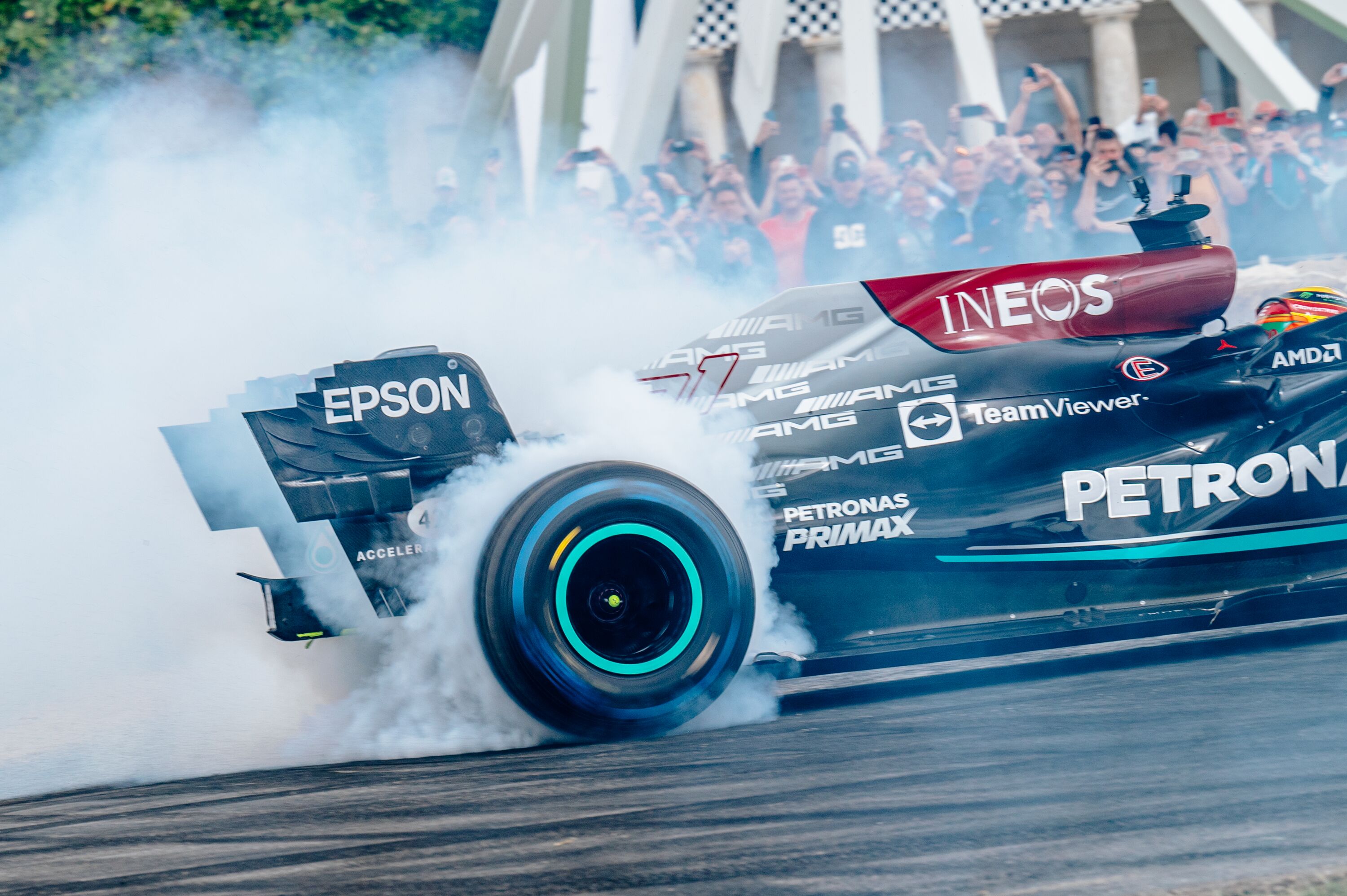Thank Frankel It's Friday – Stratos, The Most Extraodinary Car I've Ever Driven
Liberated from our children for more a couple days for the first time in dozen or more years, Mrs Frankel and I dragged ourselves off to Berlin and having spent my life convinced Rome is Europe’s greatest city, now I am not so sure. Pretty it ain’t, but there is no place on earth with more historical significance to more people living today, yet it is also the most fun, funky and affordable major European capital I have visited. Despite all you think you know, it is a place of full of unpredictability and surprise.

But perhaps none more so than finding an original Lancia Stratos roaming around the streets of the old East. As a child I was never that much into rallying, but in the case of the Stratos I was prepared to make an exception. The door wedge shape of the car fascinated me, as did the fact it had the engine from a Ferrari Dino. At the time I was obsessed with Ferraris in general while my regard for Dinos both then and now is such that had one of the aforementioned children been born a boy, he’d have been called Fred but christened Alfredino. Provided instead with daughters, it’s the Labrador that’s been lumbered with the name.
You will remember the Stratos from its three world titles and Monte Carlo rally wins, and its 16 WRC victories over a competitive lifetime fully eight seasons long. I remember it because it remains one of the most extraordinary devices I’ve ever driven.
The car belonged to Martin Cliffe of ace Lancia specialists Omicron Engineering and was all the better for being a completely standard road car on skinny Pirelli Cinturato rubber. I remember goggling at the appalling panel gaps and being told that’s how you can tell the fakes from the real ones: the replicas were much better built. Genuine Stratos (Stratoses? Strati?) were built by Bertone to even more fabulously inexact standards than the already scarcely stellar build quality you’d expect of Italian cars constructed in the 1970s. And I was delighted to see authentic Suez Canal fissures between body panels still in evidence on the car I spotted in Berlin.

Inside there’s a pleasingly haphazard scatter of mainly Dino dials, a charmingly appalling driving position and the weirdest doors bins you’ve ever seen, shaped like vast question marks lying on their sides. They’re designed to hold your crash hat between special stages, as you’re asking. What you notice most however is the wraparound windscreen, so shaped as to provide visibility as good to the side as dead ahead. In my naivety, I briefly wondered why that might be.
It didn’t take long to find out. A standard Stratos is not a quick car, not by modern standards. Its 190bhp Dino engine would probably provide enough steam to enable it to keep pace with a new Golf GTI, but not much more. But the noise of a 2.4-litre quad cam V6 breathing through triple twin-choke Webers, derived from the motor that won Mike Hawthorn the 1958 F1 world title provides a sense of occasion, of theatre you’d never approach today.
But that’s not the magic of this car. You’ll find that the first time you turn into a corner or, more precisely, fail to turn into a corner. The Stratos just goes straight on. Doesn’t sound magical does it? Nor is that sick lurching feeling I got when, just to stop me ploughing into a bank I lifted off the throttle and felt the nose bite just as the back broke loose. It felt like an early 911 would have felt if the reputation of early 911s were true and not a fallacy.

Clearly something was wrong with either the car, or the way it was being driven. It turned out to be the latter. The Stratos, or that Stratos, is the most throttle sensitive thing I have ever sat in, and given its rallying role in life and the brevity of its wheelbase, perhaps I should have been less surprised by that than I was. But once I realised it, adjusted and adapted to its way of doing things, it was simply incredible. You’d never brake into a corner, nor turn in under power: a gently trailing throttle was what was required to see it fling itself at the apex. Then, using the perfect manners of the engine, you’d apply the power and feel the back move, but this time completely benevolently. Watching the road ahead through those side windows became the most natural thing in the world, which, of course, is why they were there.
A Stratos was always a rare car and is now a valuable one too and while I loved seeing one again, it also made me sad. To think what has happened to that name, the company that brought us the Lambda, the Aprilia, the Fulvia, and Integrale not to mention the D24 and D50, 037 and LC2, is to think of an automotive tragedy. I know Lancia still exists, technically at least, but to me it is Lancia no more. But a Stratos is a Lancia and how lucky I feel to have made its acquaintance.
Lancia
Stratos
Aston Martin































































